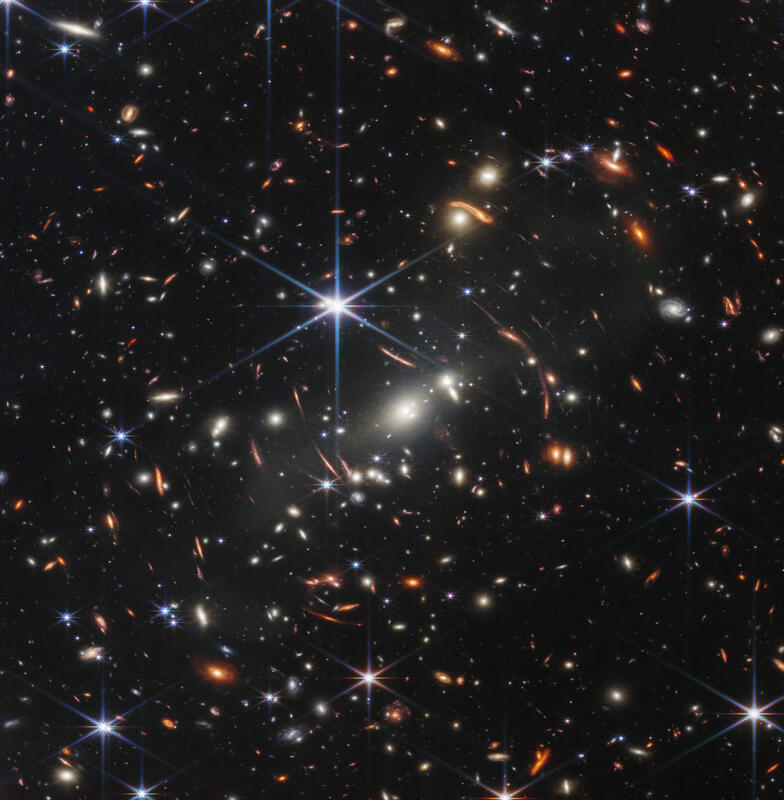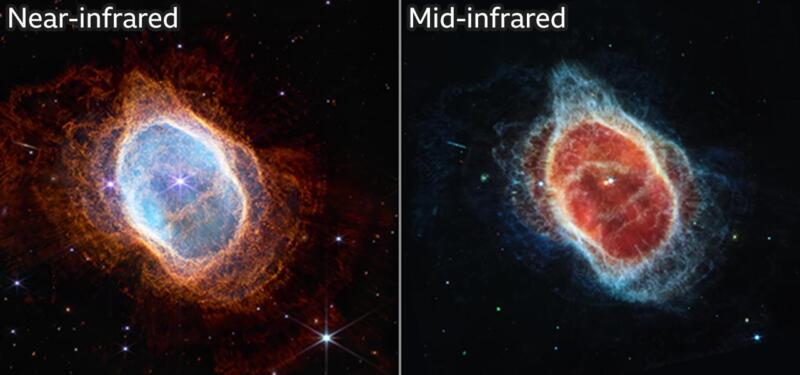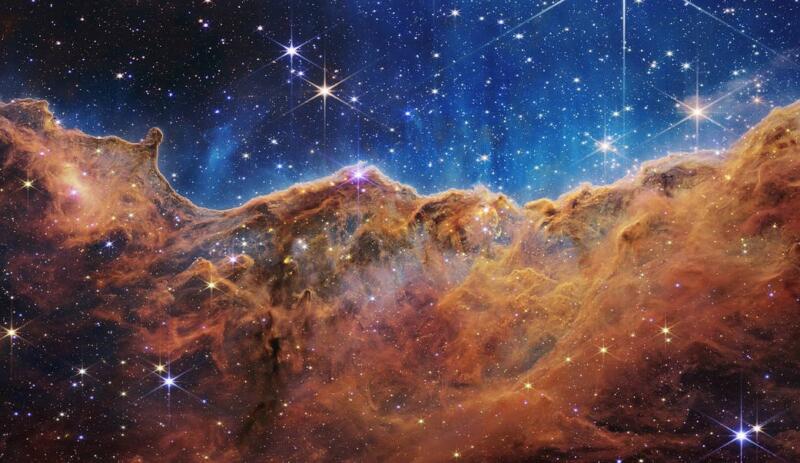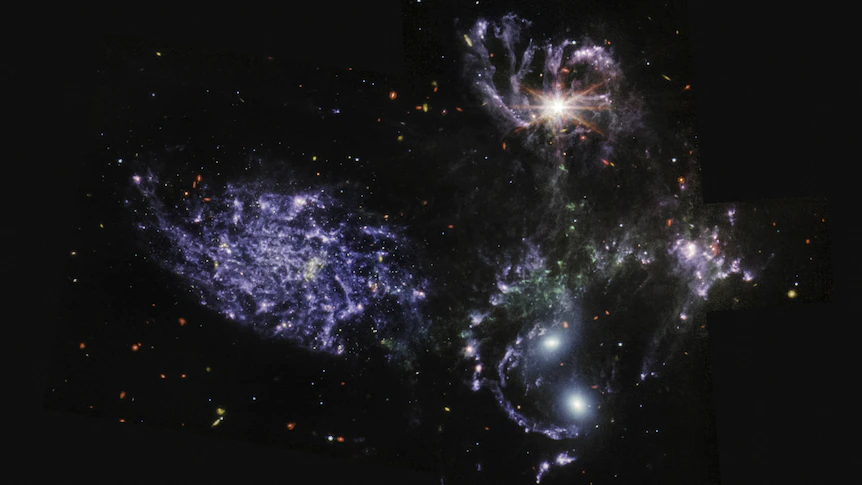
It is almost impossible to conceive 13.5 billion years ago. Yet, the James Webb Space telescope has given us a glimpse into the very distant past, with the most detailed image of the early universe ever captured. The first image shows an image of a galaxy cluster just 300 million years after The Big Bang.
“We’re going back 13.5 billion years,” says Bill Nelson, NASA administrator. “And since we know the universe is 13.8 billion years old, we’re going back almost to the beginning.”
NASA released five images from the $10 billion Webb telescope, including the image of the galaxy cluster. Despite showing hundreds of galaxies in the image, Nelson explained that the telescope barely captured the amount in the universe.
“If you held a grain of sand on the tip of your finger at arm’s length that is the part of the universe that you’re seeing [in the image], just one little speck of the universe.”
The James Webb Space telescope launched on Christmas Day 2021, and is about 100 times more powerful than The Hubble telescope. This is due to the telescope being primarily an infrared telescope, which allows it to cut through the dust and debris of the universe and see further into the past.
Due to it working on infrared wavelengths, the telescope has to be kept far away from the heat and light from the Earth. It now rests beyond the Moon’s orbit — at Lagrange point – about 1 million km away from Earth.

The telescope managed to capture images in detail that have never been seen before, and has given us insight into galaxies and other planets. Amongst them are The Southern Ring, a planetary nebula, which is a giant expanding sphere of dust and gas, lit up by a dying star in the centre. The Southern Ring is half a light-year in diameter and 2,000 light years from Earth.
Another discovery is the presence of water vapour in the atmosphere of an exoplanet named WASP 96-b, 1000 lightyears from Earth.


The telescope will be used for future projects, including looking into more detail at the atmospheres of planets closer to home in our Milky Way Galaxy, where they will be looking for signs of life.
“The fact that these new data are so good, that they’re of such good quality, that they’ve been obtained in just a few hours of observations – that’s telling you that the discoveries are just sitting out there waiting to be made,” says Prof Gillian Wright, director of the UK Astronomy Technology Centre to the BBC.
If you like this story, read this story about how the Hubble telescope captured an image of a star 28 billion light years away.
